Action, Gesture, Paint: Women Artists and Global Abstraction 1940-70 – Whitechapel Gallery, London
This exhibition on abstraction by female artists aims to widen our understanding of this important mid-Century tendency in art. How wide it casts its net in achieving this is both its strength and its weakness.
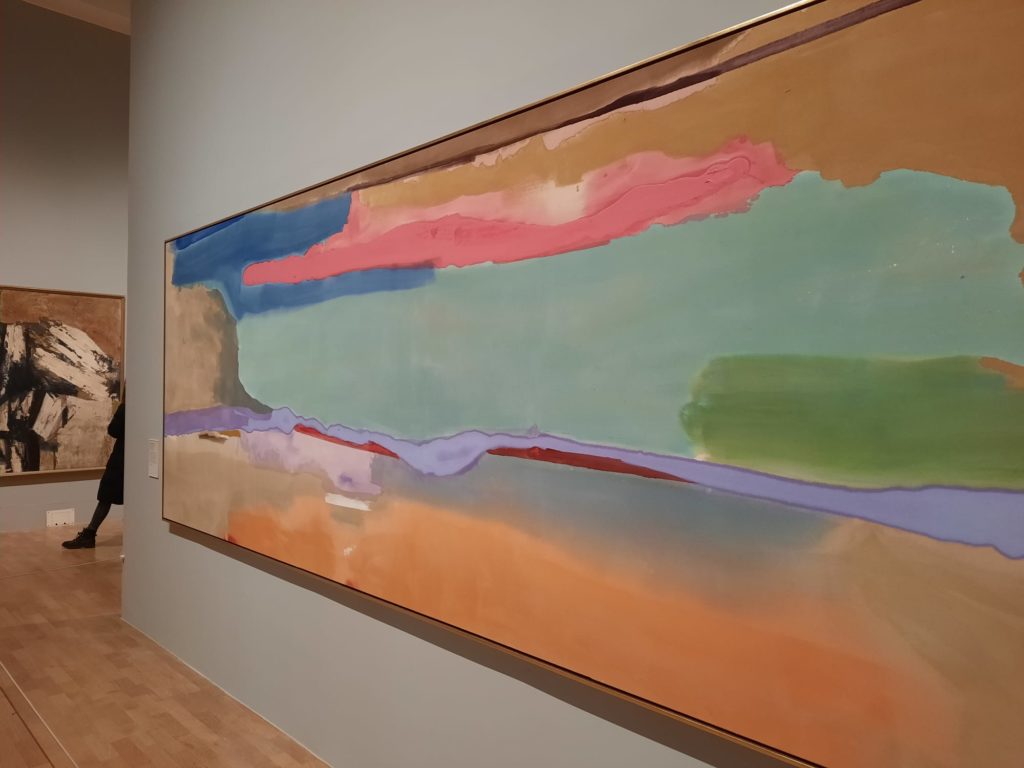


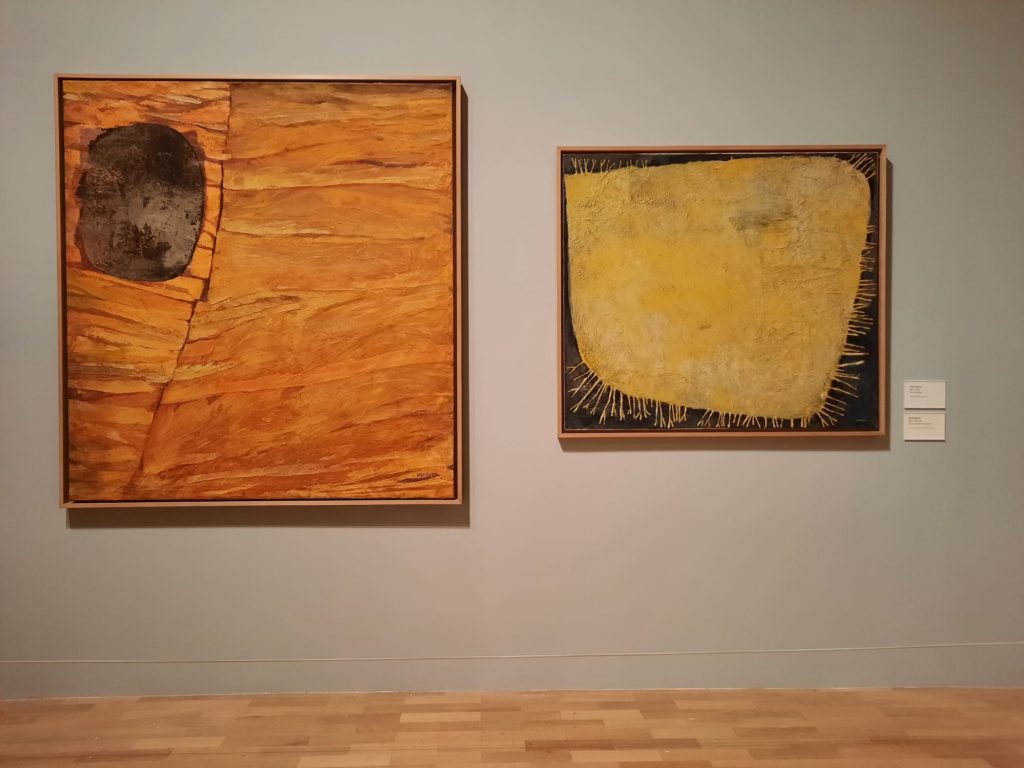

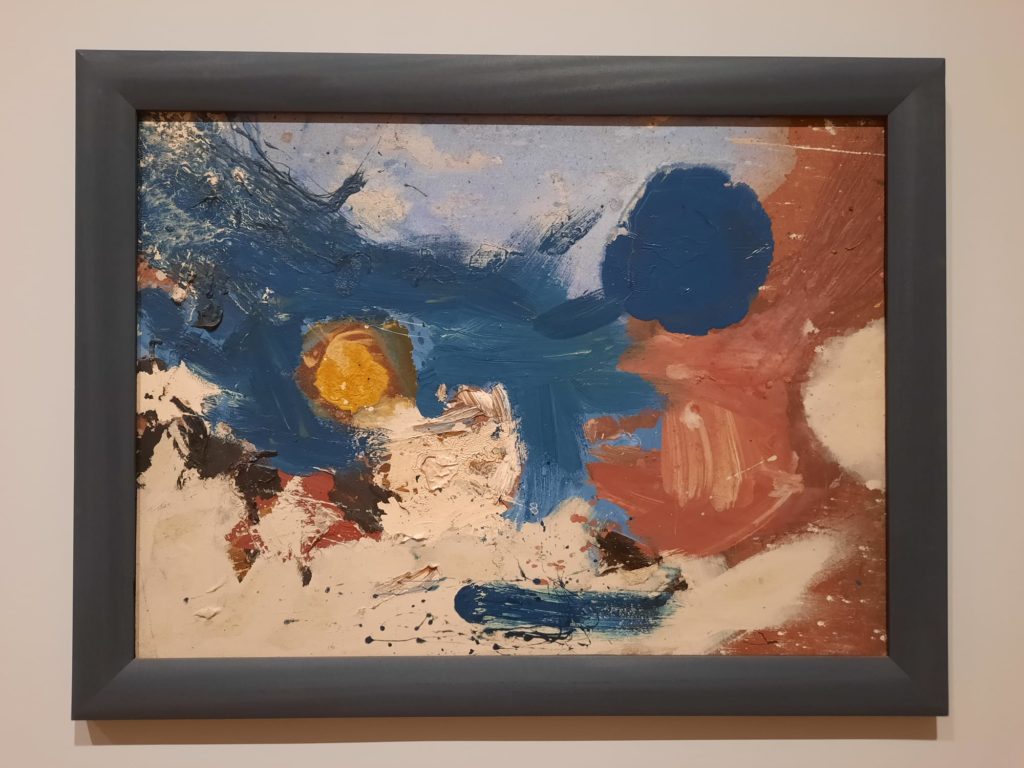
Action, Gesture, Paint
“Don’t boil the ocean” is something my former boss used to say. Meaning that if you try to take on everything, you’re going to find that’s too big a task. The latest exhibition at the Whitechapel Gallery, produced in collaboration with the Fondation Vincent van Gogh, Arles, and Kunsthalle, Bielefeld, risks doing just that. The aim is noble: to reframe the story of abstract art in the mid-20th Century from being about a handful of (American) men like Pollock and Rothko, and instead to celebrate the diverse women who made abstraction their own. The works on display are bold, varied and interesting. It’s just that, with about 150 works by about 80 artists, it’s overwhelming at times. A tidal wave, to go back to the ocean metaphor.
For me, it started off very well. I like a bit of abstract art. Even the famous American men like Pollock and Rothko. I’ve sought out lesser-known figures of 20th Century abstraction like Forrest Bess. And I like to see shows which redress the historic overlooking of female artists in favour of their male counterparts (like this one). So far so good! And walking into the exhibition space at the Whitechapel Gallery is like an assault on the senses in the best way. There are bright colours and unexpected shapes everywhere you look. Artists from Peru, Japan, the US, UK, Romania, Brazil and so many other countries are in dialogue, grouped thematically rather than chronologically or geographically.
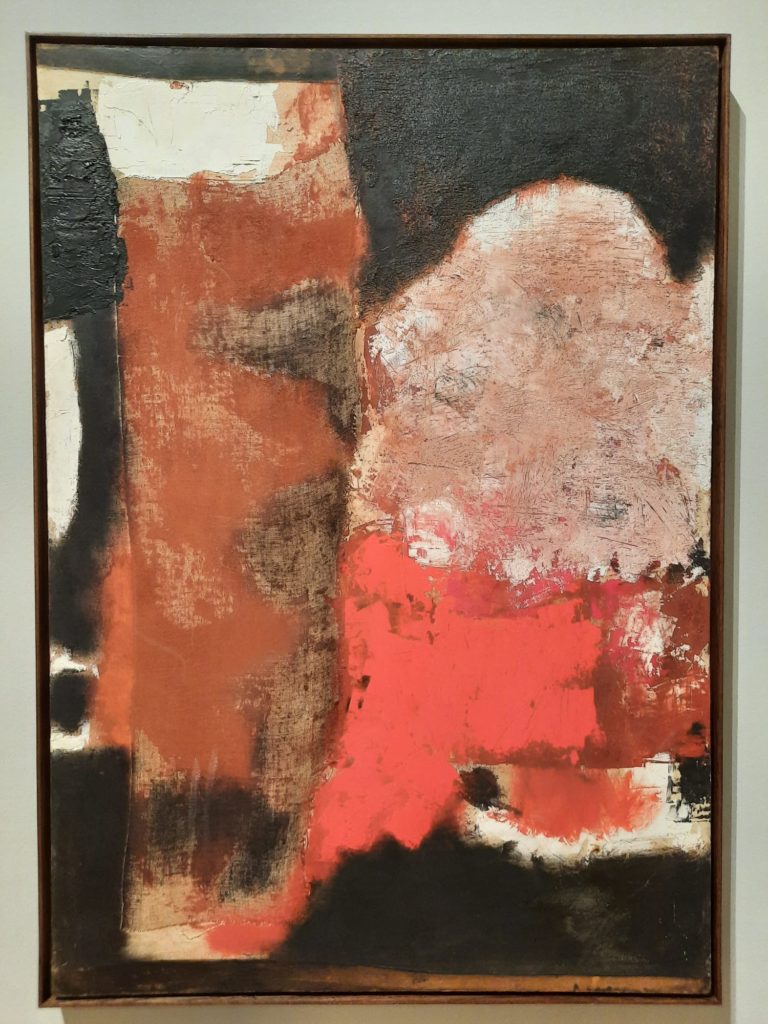
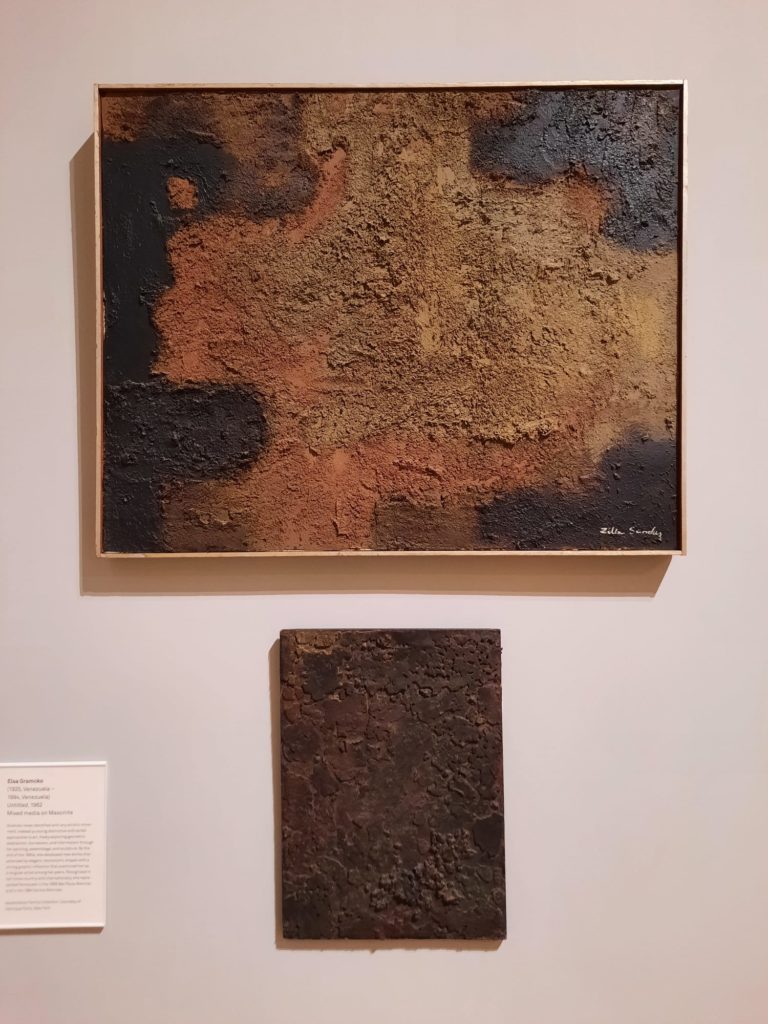
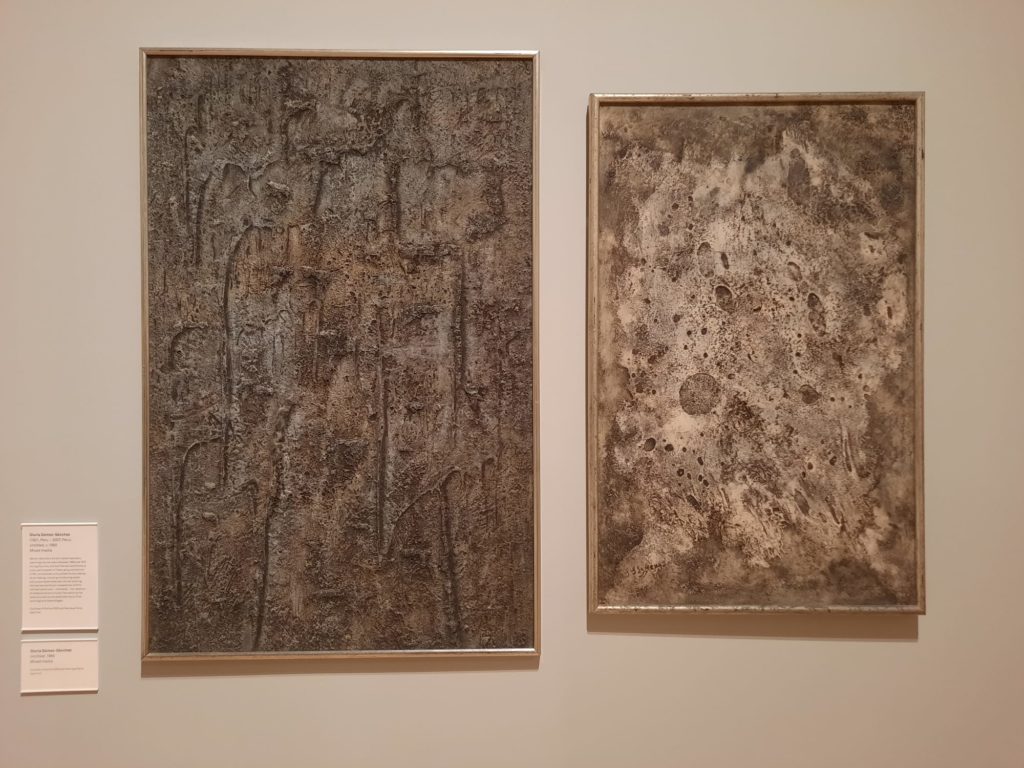
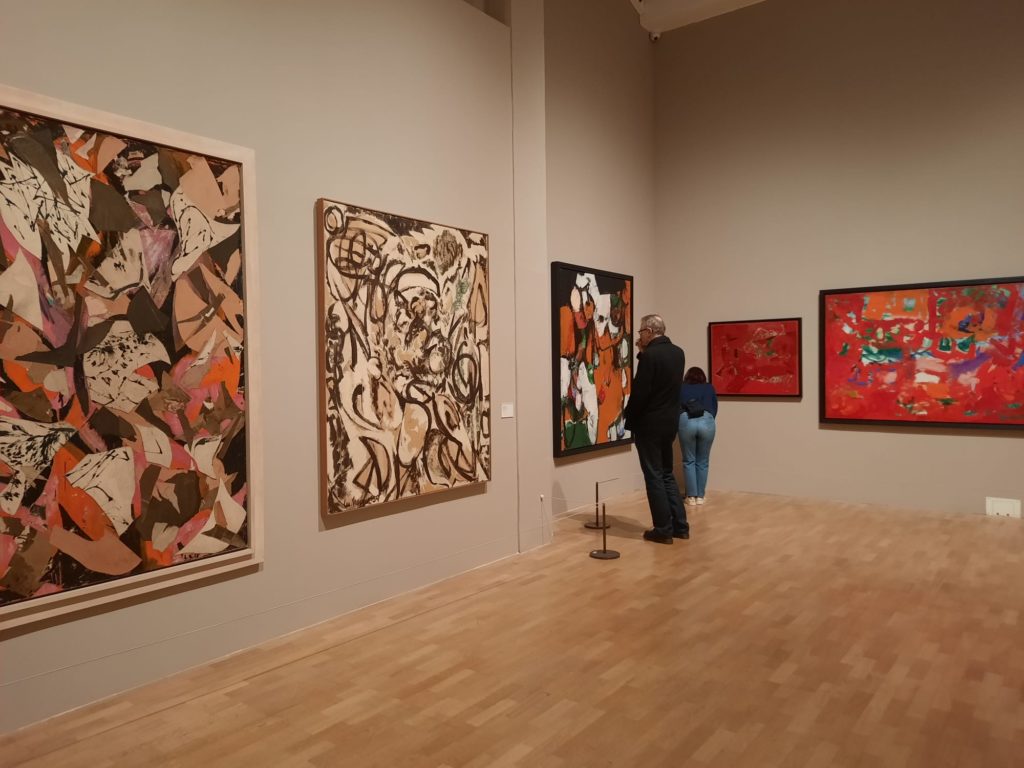


Women Artists And Global Abstraction
Each artist is represented by only one or two works. This was where the exhibition began, for me at least, to go from inspiring to overwhelming. Every one or two works, the wall texts encourage you to take in a while life experience and view on the world. An artist’s background, experience, practice and reception. At first it’s fascinating, a window into the factors that shaped each work. Multiplied dozens of times over it’s too much information to take in. I even went and had a look at the exhibition catalogue afterwards to see if this might be a way to take this biographical detail in at a slower pace, but it doesn’t seem to be there. So if you want to learn about these women, it’s either during the exhibition or never.
If I share a few interesting snippets, perhaps this will give you a bit more of a flavour. Let’s take Gloria Gómez-Sánchez to start with. A Peruvian artist, her works are rare these days because she only worked as an artist between 1960-70, before rejecting the professional art scene and destroying many of her paintings. The mixed media works in this exhibition employ neutral tones yet are fascinating in their textures. I was surprised to see works by Betty Parsons here. I learned of her as a gallerist at the Forrest Bess exhibition I mentioned earlier. Her works are more colourful than Gómez-Sánchez, with interesting forms and patterns. Or there is Bettina Lopes, whose delicate watercolour technique juxtaposes with colours which scream off the page. A deeply political artist, Lopes settled in Rome after a military dictatorship forced her to leave her native Mozambique.


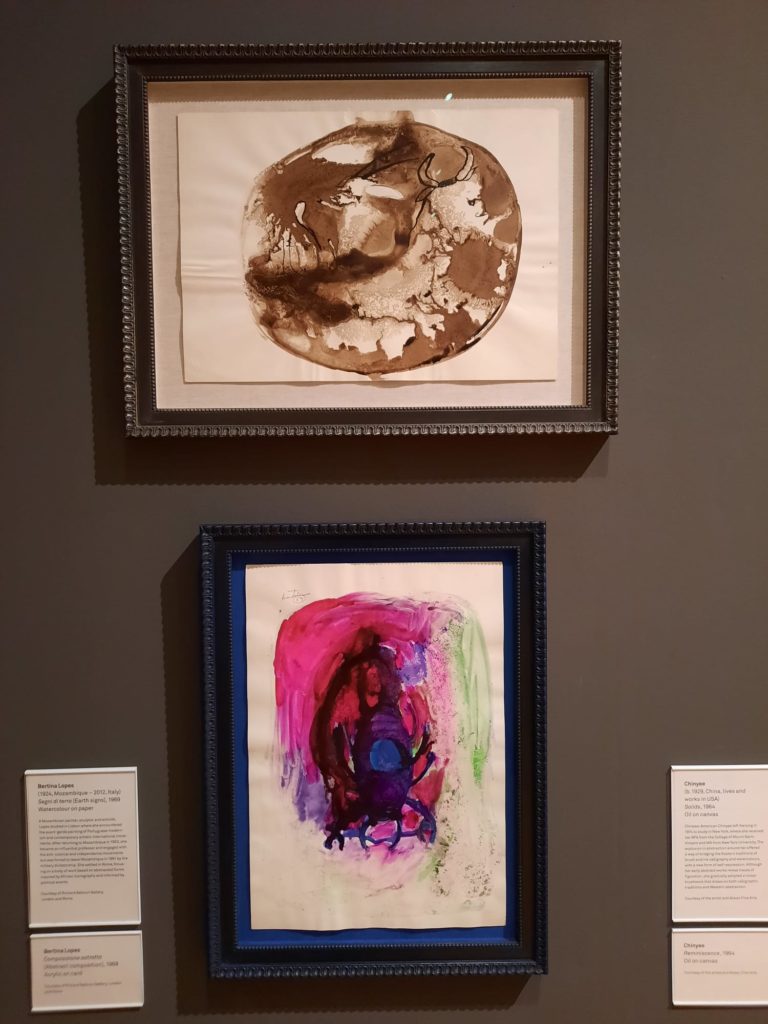


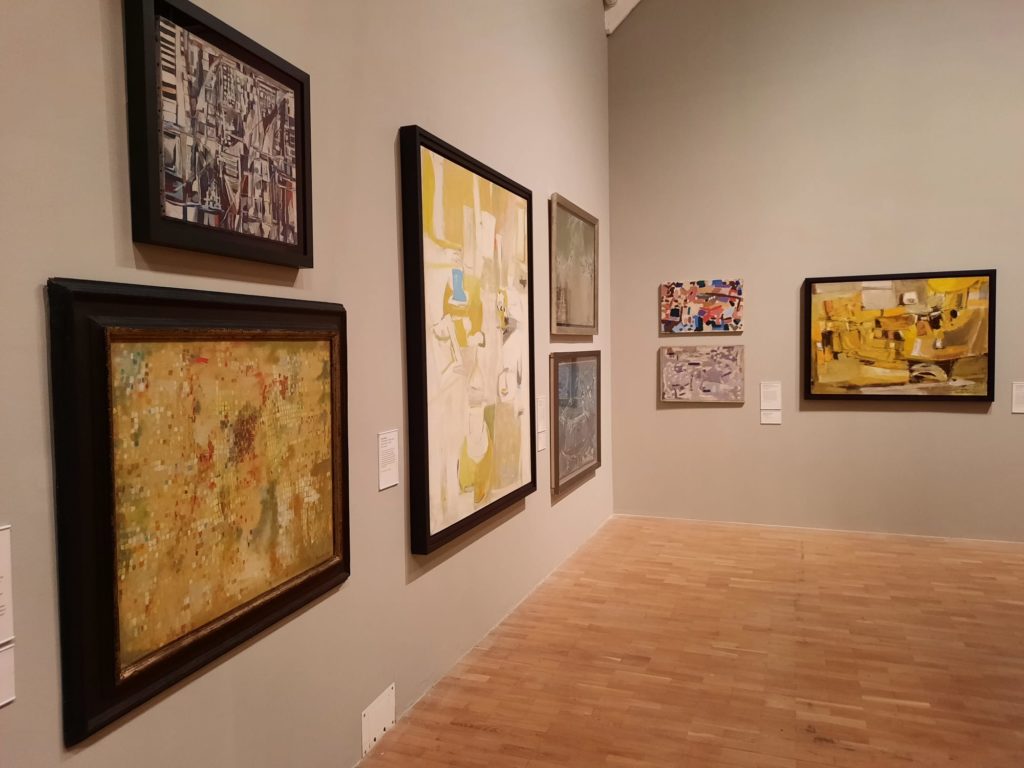
Final Thoughts
This very small sample hopefully gives a sense of the whole. Action, Gesture, Paint is full of these inspiring women. Each took a different path to art, with different experience and experimentation informing their practice. Each of them is worthy of a moment in the spotlight – it’s about time those famous men shared it a bit, after all. As a counterpoint to this masculine, personality-centric, America-focused story of abstract art it is wonderful. As an exhibition to see on a Sunday afternoon, you’d better get ready for more paintings than you can shake a stick at.
There are other reasons why this exhibition is interesting. It’s another topic which I frequently mention, but this is a great chance to see works not normally found in UK collections. Many come from private collections or museums in the artists’ home countries. I can’t even begin to imagine how the curators knew where to look for them all. A fairly high percentage are also from the Christian Levett Collection, which the Whitechapel have been collaborating with for a couple of years now.
I don’t want you to misunderstand my intent in writing this review. I’m not saying don’t go to the Whitechapel Gallery to see this, I’m just saying pick your strategy. Either you are just there to look and not intending to take in all the detail. Or you will need to narrow your focus in some way (picking a particular theme or particular artists, for instance). Either way it’s a great way to remind yourself of all the many artists who together make a movement, whether or not they enter the art historical canon.
Salterton Arts Review’s rating: 3/5
Action, Gesture, Paint: Women Artists and Global Abstraction 1940-70 on until 7 May 2023
If you see this after your page is loaded completely, leafletJS files are missing.

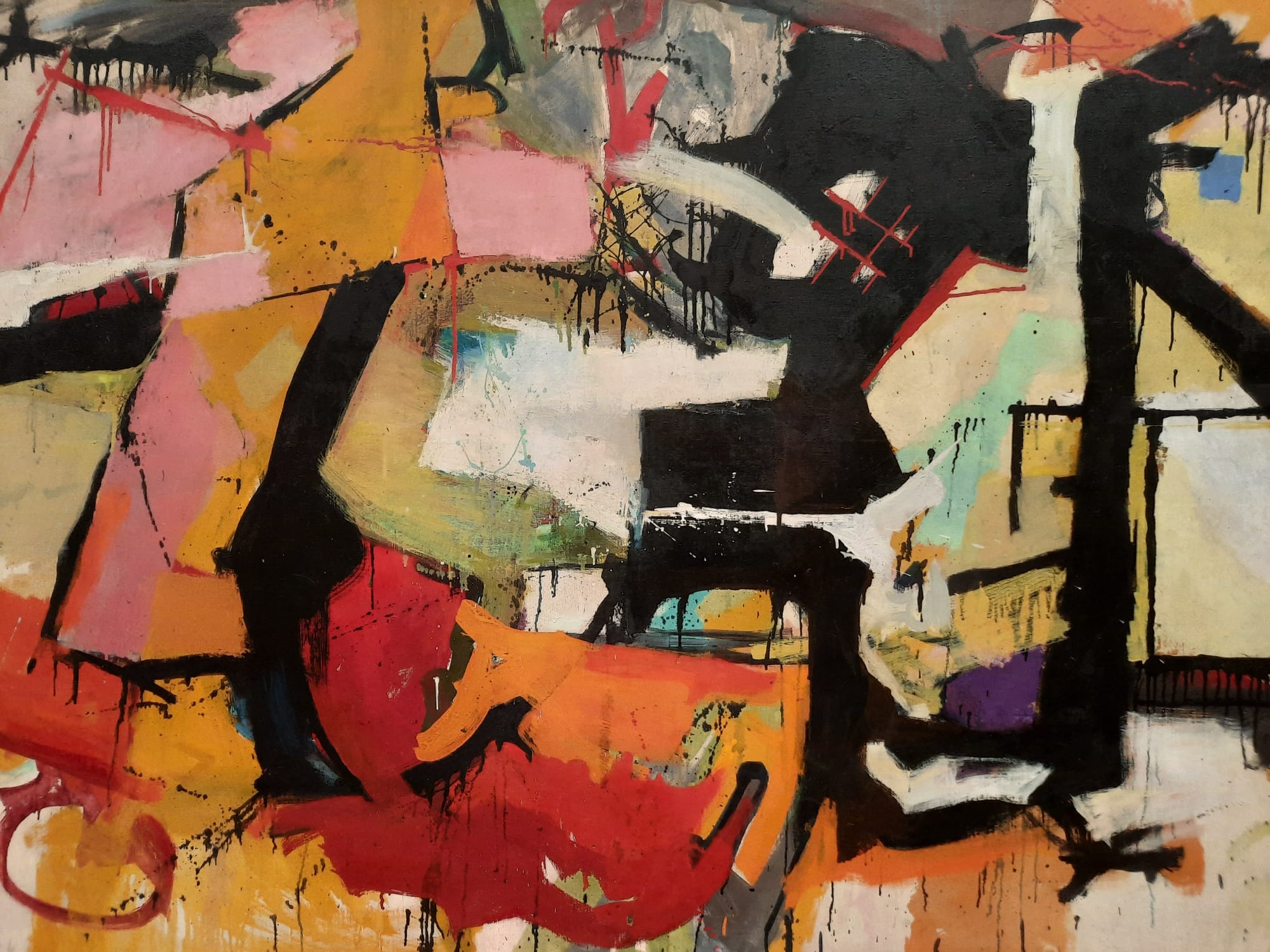
It’s such a wonderful survey of the era and the women. I hope they make a book of the exhibition.
Yes I was really hoping the catalogue had all that content on the different artists and their biographies, but it was more of a typical one with a few essays. If it had been the former I would definitely have bought it…